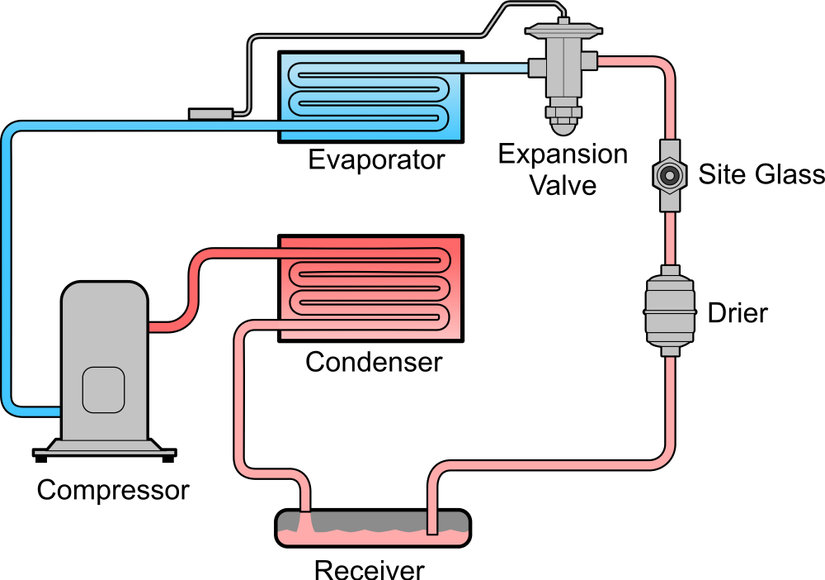In an air conditioning system, the most important parts are the condenser and evaporator coils. They play a critical role in the inner running operations of your AC. The AC performance depends on the high maintenance of your system. It is imperative to understand how they work because without them then your AC is as useless. This article explains how they work and what role they play in your air conditioning system.
What is an Evaporator Coil, and How Does it Work?
An evaporator coil is a part within your AC that extracts your indoor heat air to the outside. Its main function is to absorb heat through the refrigerant. The evaporator coil is located inside the air handler and is made in a certain way that it comprises of tubes that are u-shaped and are set into panels. Therefore, when the AC runs, the compressor sucks cold and low-pressure refrigerant in such a way that the tubing is still present inside the coil.

Meanwhile, the refrigerant before it enters the coil passes through the expansion valve. The purpose of the valve at this point is to help relieve pressure from the liquid refrigerant, which makes it cool quickly. This leaves the refrigerant liquid expansion cold. Through this, heat is absorbed from the air.
The primary function of the expansion valve is to help control the flow of refrigerant to the evaporator. With the advancement in the expansion valves, the flow is more controlled and the energy efficiency is restored to your AC system. When the water vapor within your house hits the cold coils, the water condenses into liquid, and then it flows down to the condensation pan. The pan helps with the draining of water, making your evaporator coil maintain the humidity in the house.
Like every other part of any system, it needs to be cared for. The evaporator coil needs to be clean at all times for it to reach its intended energy efficiency. However, when it is dirty, it experiences many problems such as impaired heat absorption, frost, and ice buildup. Any layer of dust at the evaporator coil can cause inefficiency. The dust affects the flow of air inside the coils. For this reason, it is vital to maintain your evaporator coil.
What Is a Condenser and How Does It Works
The condenser and the evaporator coils work together to create cool air in your home. Without the condenser, then the evaporator coil is not as important. Especially when the condenser is not properly running. The condenser is located in the large unit area, which is mostly found outside the house. The condenser consists of many units that include fins, fans, copper tubing, compressor, switches, and valves.
Once the refrigerator absorbs all the indoor heat air, it then travels to the outside through the copper tube and finally to the condenser unit. When the refrigerant’s low pressure enters the compressor, it starts to give pressure to the refrigerant, therefore making it transform into a high-pressure hot gas. This gas then leaves the compressor and goes to the coils as it flows smoothly. As for the fan located outside the top unit of the condenser, it blows air over to the coils causing the refrigerant to lose the heat, which was inside.
The coils that are inside the condenser unit increase the amount of time for the heat to be released that was removed by the refrigerant. During the cooling process, the hot gas changes to hot liquid, which flows through a copper tube into the house and at the same time into the expansion valve inside the indoor unit close to the coil area.
When there is good airflow in the condenser coil, then it means it is working well. The condenser works by transferring heat, so debris and dust interfere with its functioning. A great threat for condenser coils is when dust builds up on the fins. It reduces the efficiency and causes a strain on it and other components in the system. One method to care for your condenser coil is to protect the outdoor elements, and you can do so by covering it.
Understanding the inner context of your AC is tricky. However, with the above description of how your condenser and evaporator work, it is all you need to know about an air conditioning system. The two are vital in the AC system, so always check on the two, especially during AC maintenance.
